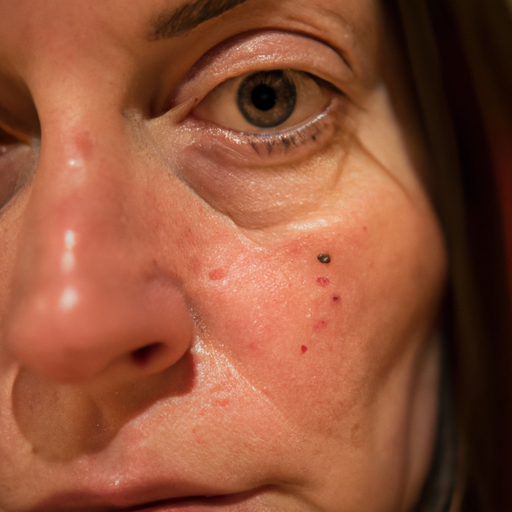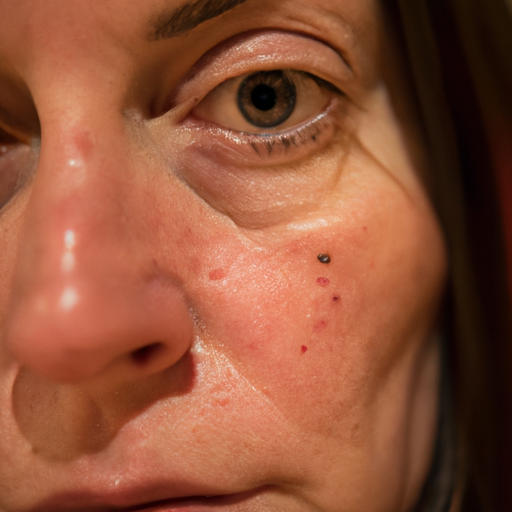As a dermatologist, I often encounter patients who are distressed by uneven skin tones, dark patches, or spots on their skin. These conditions are commonly caused by hyperpigmentation, a harmless but often distressing skin condition that can affect anyone, regardless of age or gender. It is essential to understand that hyperpigmentation is not a disease but a term that describes the skin that appears darker. This darkening is due to an excess production of melanin, the pigment responsible for skin and hair color.
Hyperpigmentation can be triggered by various factors, including sun exposure, hormonal changes, inflammation, skin injuries, and certain medications. Sun exposure is the most common cause, leading to conditions like melasma and sun spots. Hormonal changes, particularly in women during pregnancy or menopause, can also lead to melasma. Post-inflammatory hyperpigmentation occurs after skin injury or inflammation, such as acne or eczema.
The good news is that there are several effective treatments available for hyperpigmentation. The choice of treatment depends on the underlying cause, the extent of the pigmentation, and the patient’s skin type and overall health.
Topical treatments are the first line of defense against hyperpigmentation. These include creams, lotions, and serums containing active ingredients like hydroquinone, retinoids, vitamin C, kojic acid, azelaic acid, and niacinamide. Hydroquinone is a powerful skin-lightening agent that works by inhibiting the enzyme tyrosinase, which is crucial for melanin production. Retinoids help by accelerating cell turnover and reducing the production of melanin. Vitamin C, kojic acid, azelaic acid, and niacinamide have antioxidant properties that can lighten the skin and reduce pigmentation.
Chemical peels are another effective treatment option for hyperpigmentation. They work by exfoliating the top layers of the skin, allowing new, healthier skin to surface. The type of peel used depends on the depth of the pigmentation. Superficial peels, like those with glycolic or salicylic acid, are suitable for mild hyperpigmentation, while medium to deep peels, like trichloroacetic acid (TCA) peels, are used for more severe cases.
Laser treatments are also an option for treating hyperpigmentation. These treatments use focused light energy to target and break down the excess melanin in the skin. There are different types of lasers available, and the choice depends on the patient’s skin type and the depth of the pigmentation.
Microdermabrasion and microneedling are physical treatments that can help reduce hyperpigmentation. Microdermabrasion involves using tiny crystals to exfoliate the skin, while microneedling uses tiny needles to create micro-injuries in the skin, stimulating collagen production and cell turnover.
It is important to remember that while these treatments can be effective, they are not a quick fix. Hyperpigmentation often takes time to develop, and it also takes time to treat. Patience and consistency are key. Additionally, prevention is just as important as treatment. Protecting your skin from the sun, maintaining a healthy skincare routine, and addressing skin inflammation promptly can all help prevent hyperpigmentation.
In conclusion, hyperpigmentation is a common but treatable condition. If you’re struggling with uneven skin tone or dark spots, don’t despair. Consult with a dermatologist who can guide you through the various treatment options and help you unmask your true skin.




